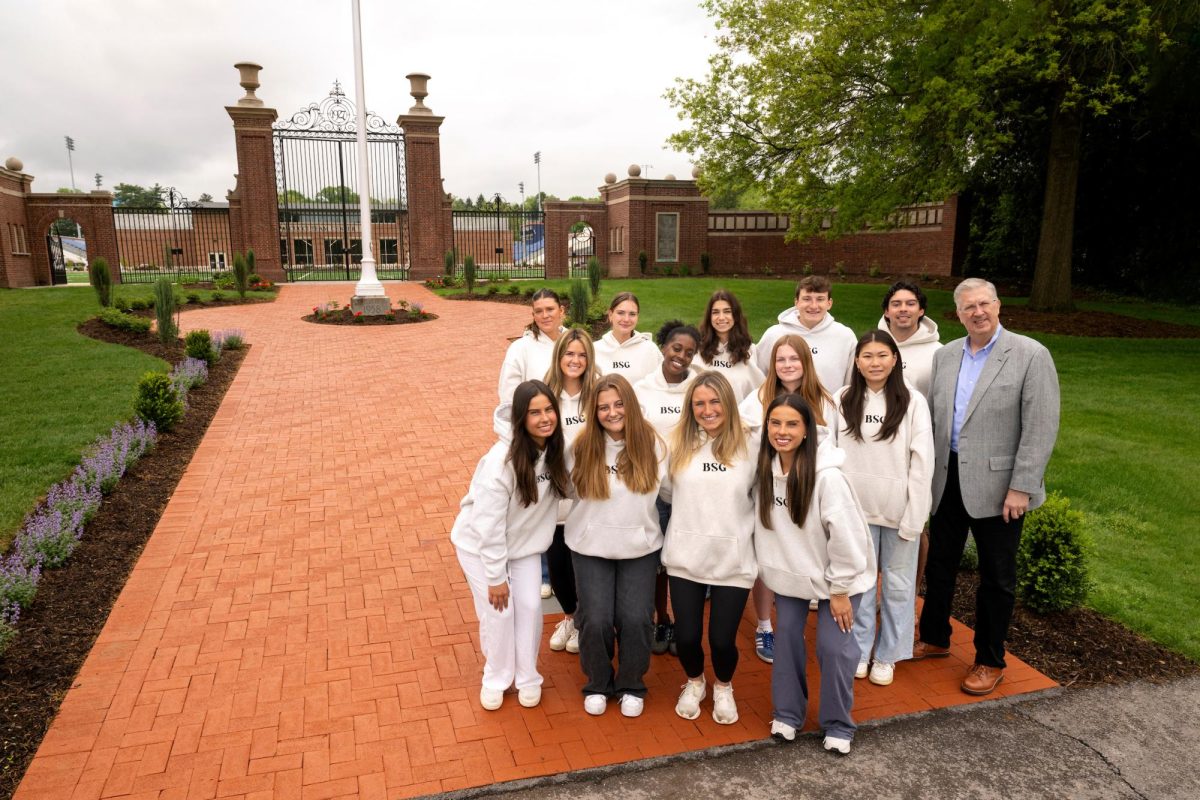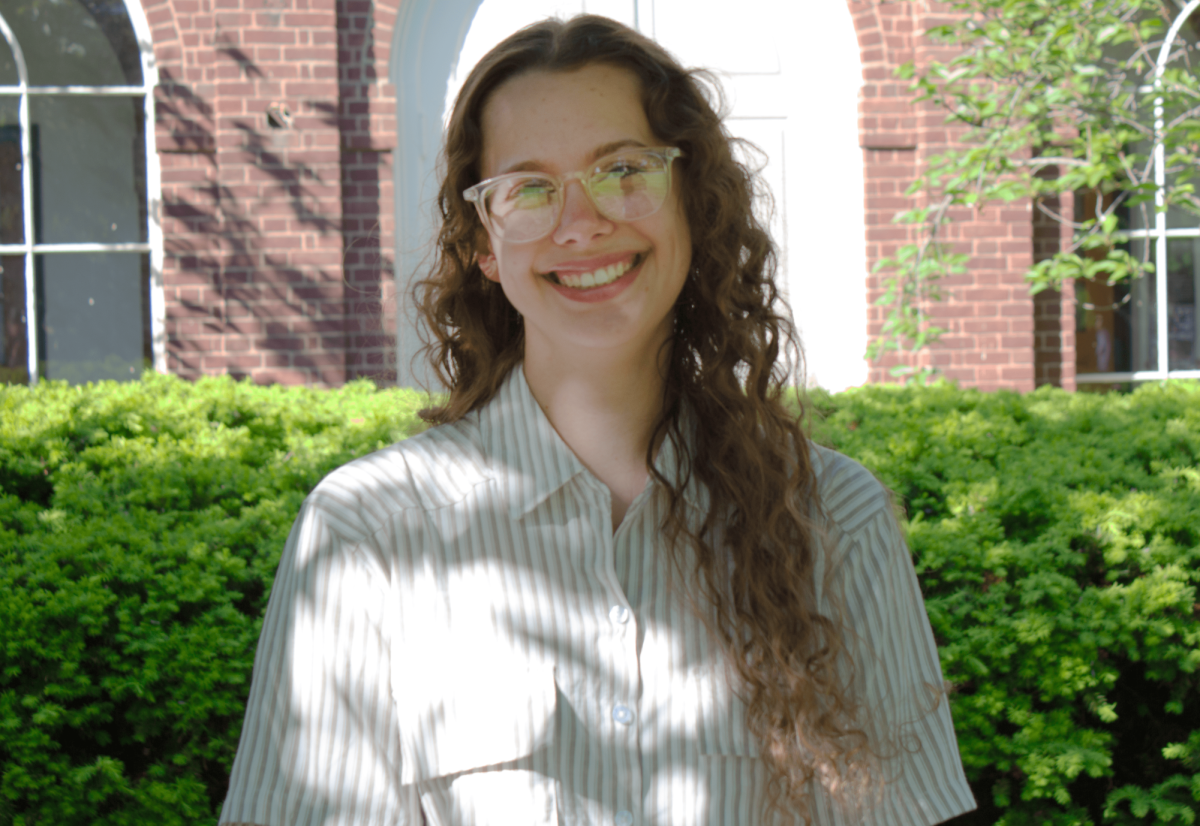Copper Josephs
Contributing Writer
Several invasive plant species pose a threat to the University’s arboretum.
The Norway maple, Japanese knotweed, and Goutweed are all dangerous to the arboretum because they are able to out-compete native species, Associate Professor of Biology Mark Spiro said.
“These invasive, exotic species have no natural enemies in the community, so they will continue to out-compete the native trees unless something is done,” Spiro said.
Soil erosion caused by facilities’ large lawn mowers is another issue facing the arboretum. The mowers cannot go up the steep areas of the arboretum without knocking off a layer of topsoil. This layer, called humus, is essential to sustaining healthy trees.
Spiro and others have been communicating with the Department of Facilities to isolate specific regions of the grove where grass will not be cut, so that the humus can aggregate.
“The Bucknell Arboretum has turned into a living lab that teaches students about invasive species and various sustainability methods used to keep native plants alive,” Spiro said.
Dates when faculty and staff can help out with the University’s Arboretum project will be announced soon.
“We need all the hands we can get with this project,” biology major Ray Schlitt ’15 said.
Schlitt has been working with Spiro since 2012, interning over the summer to assist in the rejuvenation of the arboretum.
“Based on the amount of rings that some of these trees have, you can date these trees back over 230 years,” Spiro said.
“These trees are an integral part to the Bucknell experience, and we should use the resources available to help preserve them,” Schlitt said.




















